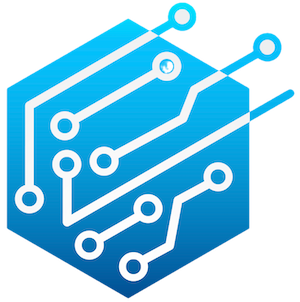In a rapidly evolving technological landscape, organizations are increasingly integrating artificial intelligence (AI) into their operational frameworks. However, as enterprises deploy these sophisticated systems, managing them effectively becomes a significant challenge. Enter orchestration frameworks—vital structures that do more than streamline interactions among various applications and agents. They also grant administrators the capability to oversee workflows, manage agent behaviors, and ensure systems adhere to regulatory frameworks. The increasing complexity of AI services elevates the need for robust orchestration methods that can withstand scrutiny and foster transparency.
The crux of the matter lies in auditability and traceability. These features are not merely optional in today’s high-stakes environment but are critical components of a trustworthy AI ecosystem. The consequences of neglecting these aspects can be catastrophic—organizations may find themselves blindsided by performance issues or regulatory violations that could jeopardize their operations. Kevin Kiley, president of Airia, elucidates this point, emphasizing the importance of having a reliable audit log to track what information was processed and when. In a world where misinformation and “hallucinations”—incorrect outputs generated by AI—exist, being able to trace decisions back to their origins is not just a best practice; it’s imperative.
Dismantling the Challenges of Traceability
It’s essential to recognize that many AI implementations originate from experimental phases where orchestration layers are an afterthought. As enterprises grapple with scaling their AI initiatives, the burning question arises: How can they seamlessly manage multiple applications and agents while maintaining robust pipelines? Moreover, if something goes awry, how do they ensure that they can diagnose the issue effectively?
Before embarking on building any AI solutions, organizations must first take stock of their data. Understanding the types of data available for AI systems and the specifics of what has been used during model training serves as an indispensable foundation. This is echoed by Yrieix Garnier, vice president of products at DataDog, who articulates the necessity of validating AI system performance through accessible data. Organizations often struggle to establish a consistent framework for checking AI outputs against reliable baselines.
Furthermore, once a company has pinpointed its data, it’s crucial to implement a dataset versioning mechanism. This step includes timestamping versions, thereby enabling reproducibility of experiments and a clear understanding of how models have evolved. Without this precision, companies risk executing models based on outdated or incomplete datasets, which can lead to diminished performance and trust.
Navigating the Open vs. Closed-Source Dilemma
The choice of orchestration tools further complicates the picture. Companies must weigh the benefits of open-source platforms against closed-source alternatives. While closed-source systems often come loaded with features and support, they can create a “black box” scenario, obscuring essential decision-making processes. Transparency in AI operations is an increasingly valued trait among enterprises, making open-source solutions like MLFlow and Grafana appealing options. These platforms empower organizations to provide specific, nuanced instructions for their agents and models while facilitating granular monitoring.
In contrast, some enterprises may prefer to utilize integrated systems like DataDog, which offer a more cohesive end-to-end AI pipeline. However, regardless of the choice between open and closed systems, businesses face the additional challenge of ensuring compliance with responsible AI policies and regulatory frameworks. Major cloud providers such as AWS and Microsoft are stepping up with tools that monitor the adherence of AI applications to operational guidelines, providing peace of mind to enterprises navigating this intricate landscape.
The Road Ahead: Prioritizing Transparency and Flexibility
As Kiley emphasizes, the absence of visibility into AI operations can spell disaster for organizations seeking reliable performance. Flexibility and adaptability must become cornerstones of AI deployment strategies. AI is not static; it is a dynamic field with continuous developments, requiring systems to evolve alongside technological advancements. A rigid, closed system will often fall short of accommodating the rapid shifts in business needs and regulatory requirements.
In essence, enterprises that prioritize robust orchestration frameworks equipped with auditability, traceability, and transparency are positioning themselves for success in a future dominated by AI-driven innovations. As we explore this transformative era, the organizations able to balance cutting-edge AI applications with responsible oversight and clear organizational practices will not only survive; they will thrive in a world where data, efficiency, and regulation intersect in ever more complex ways.


Leave a Reply